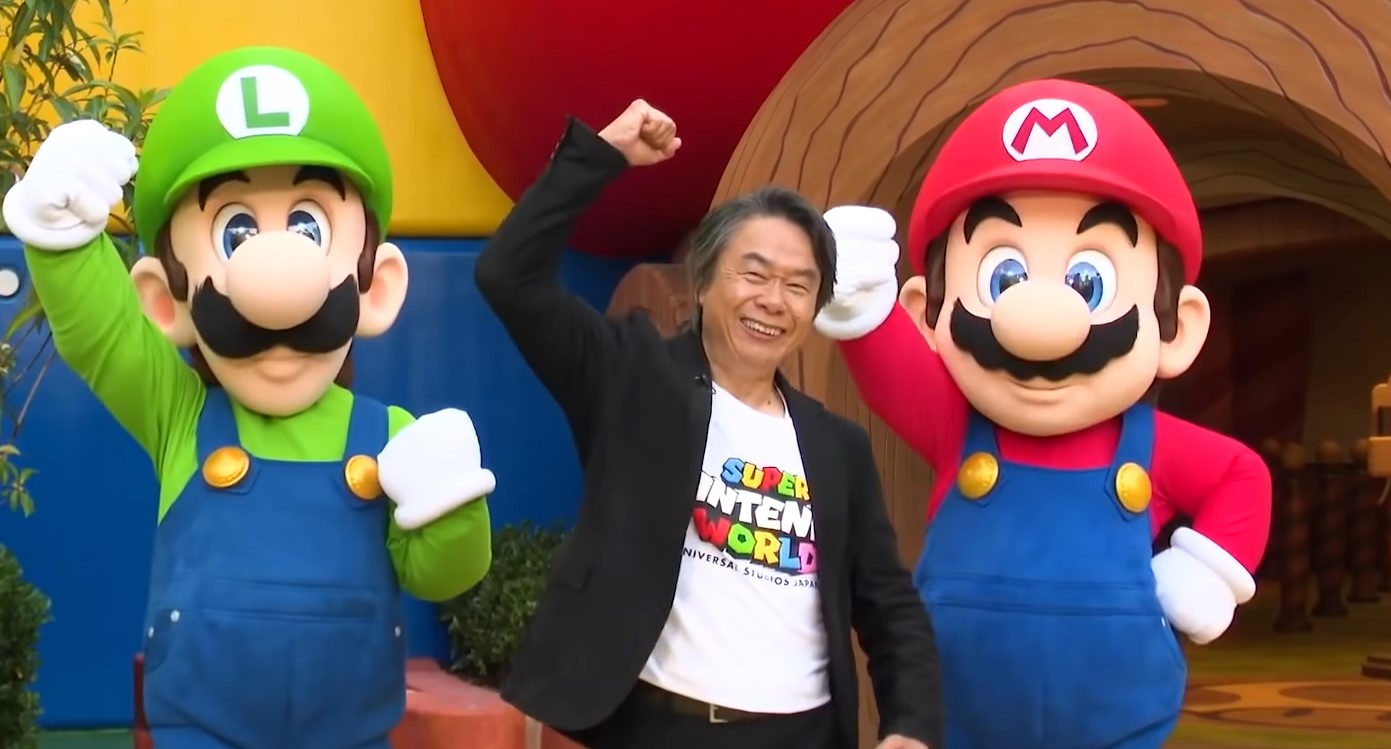With Netflix’s recent loss of subscribers, it may be time to move away from membership and towards alternative models of customer retention.
Over the last decade, subscription-based businesses have grown more than five times faster than the S&P 500. Understandably, this growth has led business leaders to try to fit a subscription model into their business. This is perhaps even more so after the pandemic, with customers having experienced subscription models in new areas (such as Hello Fresh’s meal boxes) and the increased penetration of established subscription models – exemplified by Netflix gaining a record 37 million paid memberships in 2020. However, in the wake of Netflix losing $50 billion in market cap following its first loss of customers in more than a decade, it’s becoming clear that subscriptions are not infallible.
When reading the examples of successful businesses generating recurring revenue without a subscription model, don’t conceptualize them as…


